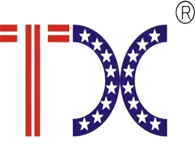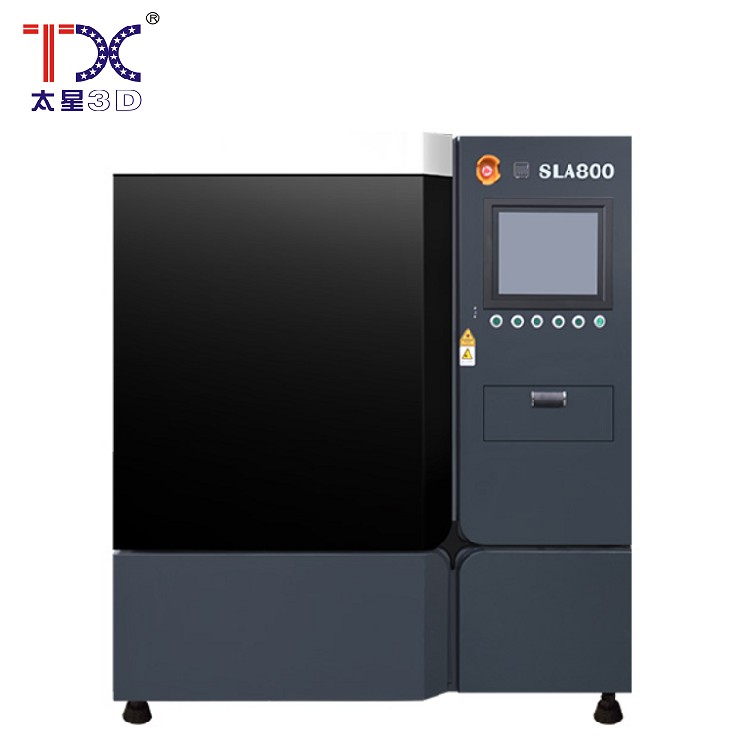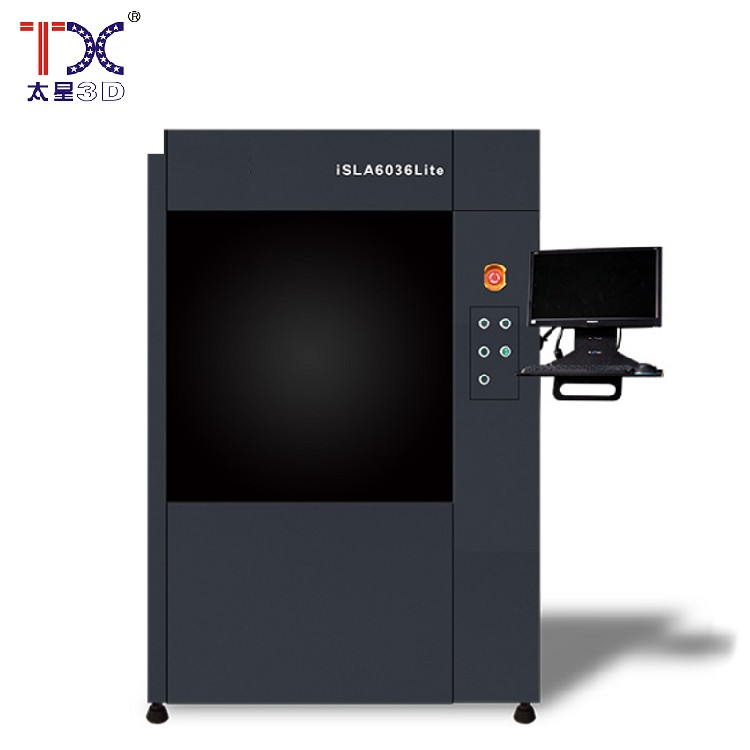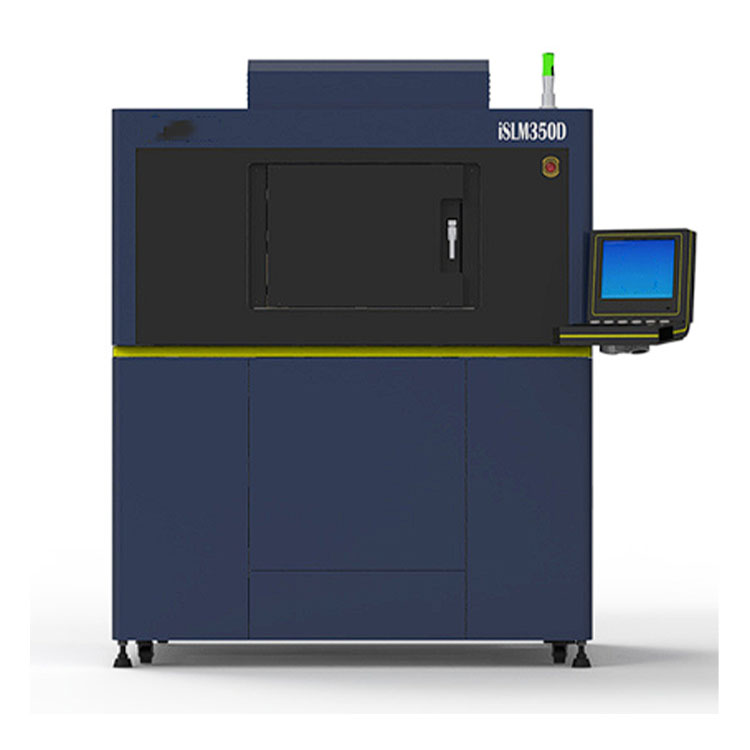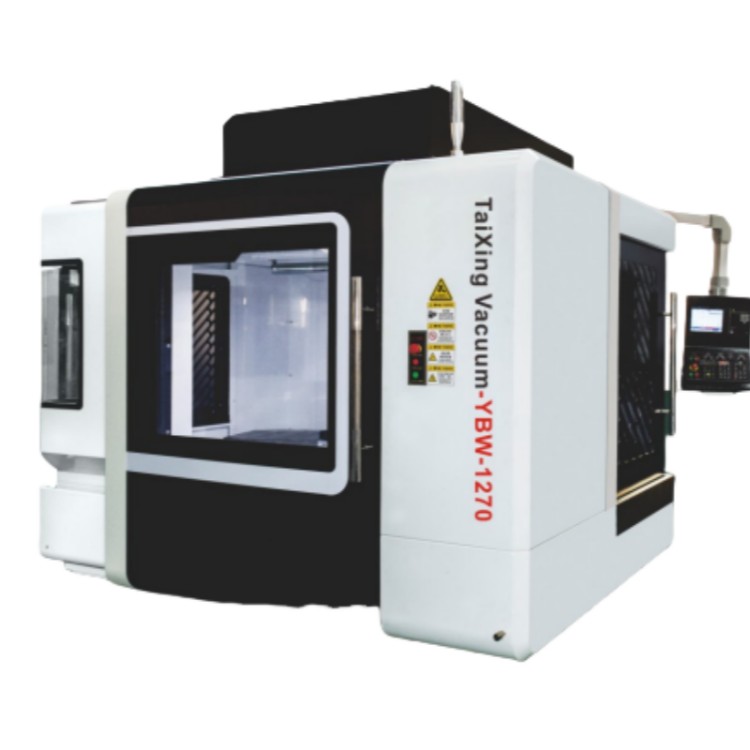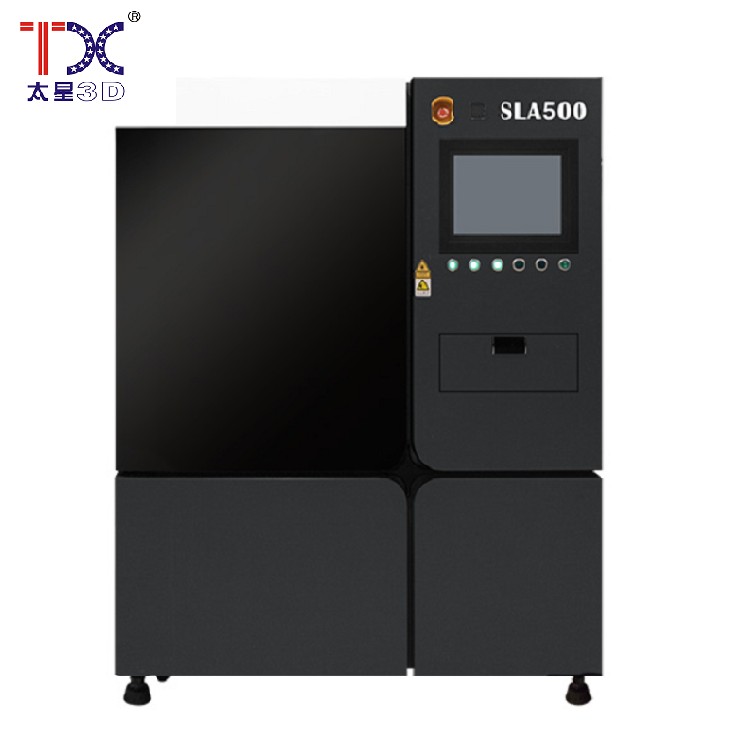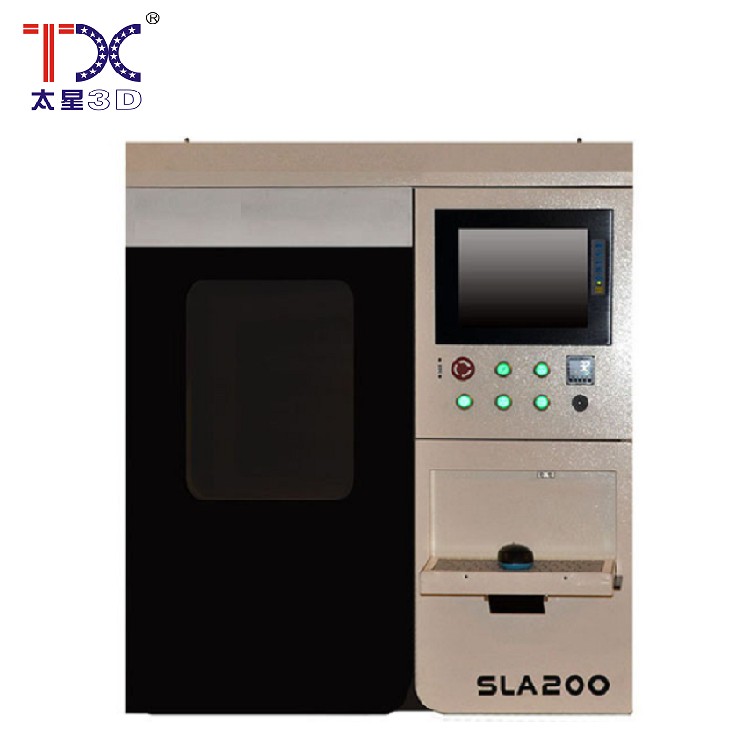
CNC axis
A axis on a CNC machine: an inconspicuous hero of accurate work
The axis on the CNC machine is essentially an invisible, but extremely important element, without which accurate processing of materials is impossible. Imagine that you are building a house. You need a strong basis to build walls and roof. The same in the CNC machine - the axis is the basis that ensures the movement of the tool and, as a result, the creation of a part of the desired shape and size. In this article we will figure out what the axis is and why it is so important.
Varieties of axes and their functions
The axes in CNC machines are different, but they all perform the same task - moving the tool relative to the workpiece. Typically, three main axes are distinguished: X, Y and Z. The axis X is responsible for moving the tool to the right and left, the axis Y - forward and back, and the axis Z - up and down. It is important to understand that in some machines there may be more axes, for example, the axis of rotation. These additional axes allow you to process parts with more complex shapes, for example, cone -shaped or with roundings. Each axis works with high accuracy, guaranteeing the reproduction of results and the quality of processing.
The importance of the accuracy and reliability of the axes
Imagine that you are making a complex pattern on fabric. If the threads are not exactly stretched, the pattern will turn out to be uneven. The same thing happens with the CNC machine: inaccuracies in the operation of the axes are leading to distortions of the sizes and forms of the processed part. This can affect the functionality of the finished product, and even lead to marriage. Therefore, the quality of the axes directly affects the quality of the entire processing process. Reliable work of the axes is the key to success in production and a guarantee of satisfaction of the needs of the customer.
How is the proper operation of the axes ensured?
The exact operation of the axes is provided by a complex mechanism that includes high -precision step engines, gearboxes, and, of course, strict control. Modern CNC machines are equipped with automatic control systems that monitor the correct functioning of all axes, and signal any problems. Periodic maintenance and proper operation allow the axes to work for a long time without breakdowns and with the highest possible accuracy. Thus, the axes of the CNC machines are not just mechanisms, it is the basis of accurate production, without which it is impossible to create complex and high -quality details.
AppropriateProducts
Corresponding products
The best soldproducts
The best -selling products-
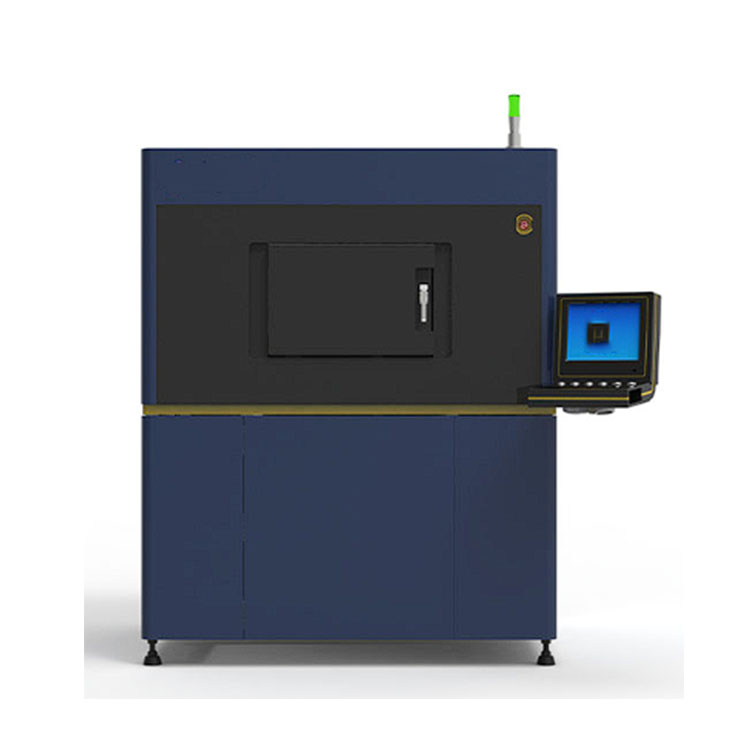 Taisin Metal 3D printer SLM280
Taisin Metal 3D printer SLM280 -
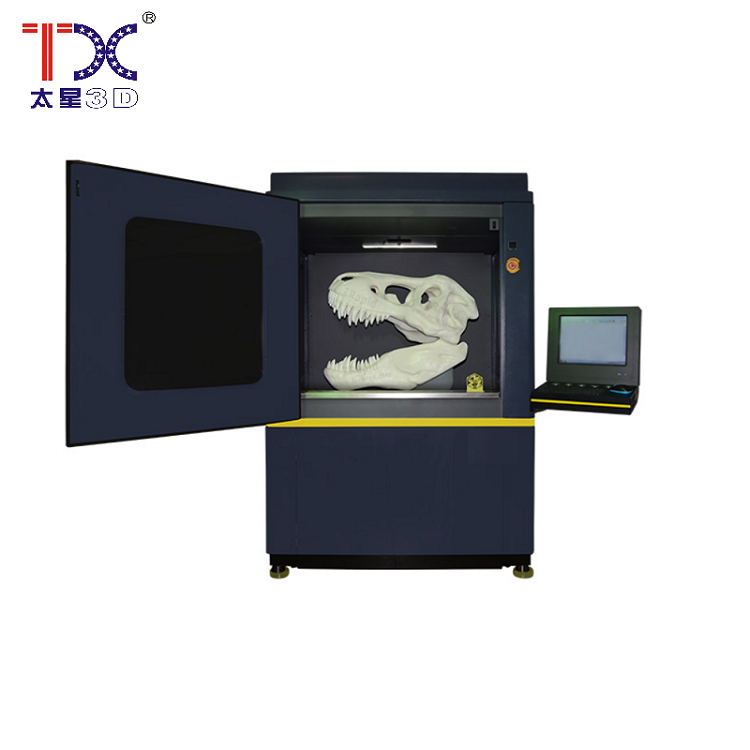 Taisin Light-adopted 3D printer ISL1100
Taisin Light-adopted 3D printer ISL1100 -
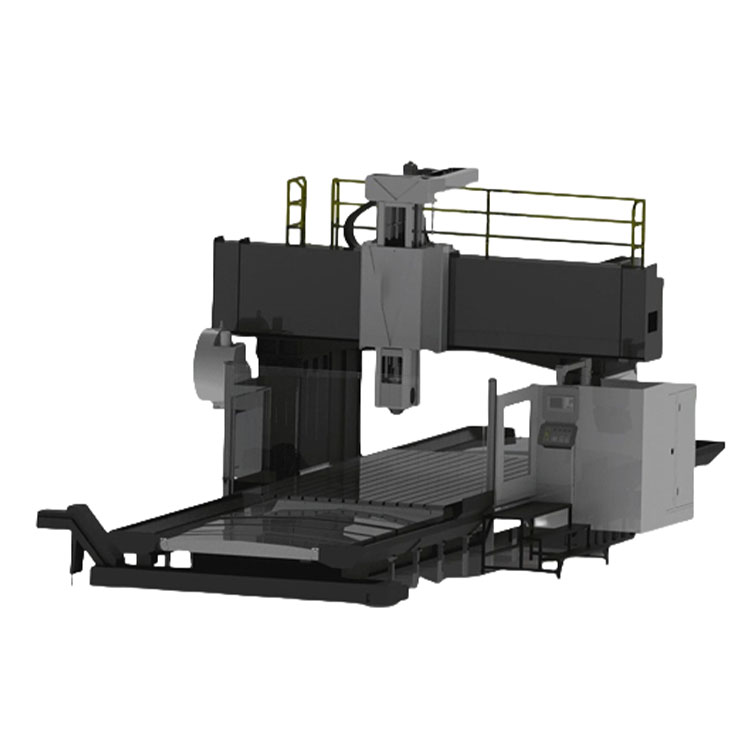 Taisin portal processing center with CNC TXM-9038
Taisin portal processing center with CNC TXM-9038 -
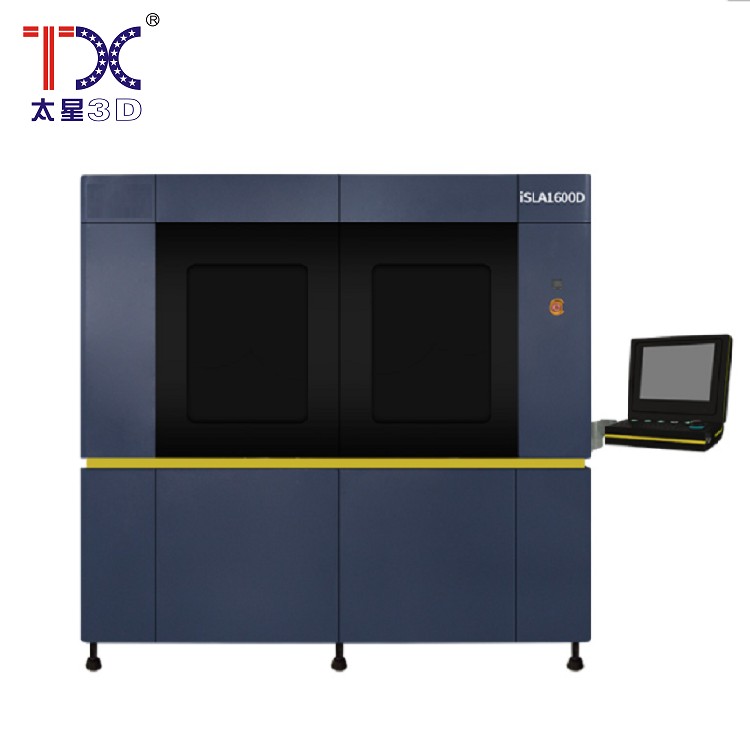 Taisin Light-adoptive 3D printer SLA1600D
Taisin Light-adoptive 3D printer SLA1600D -
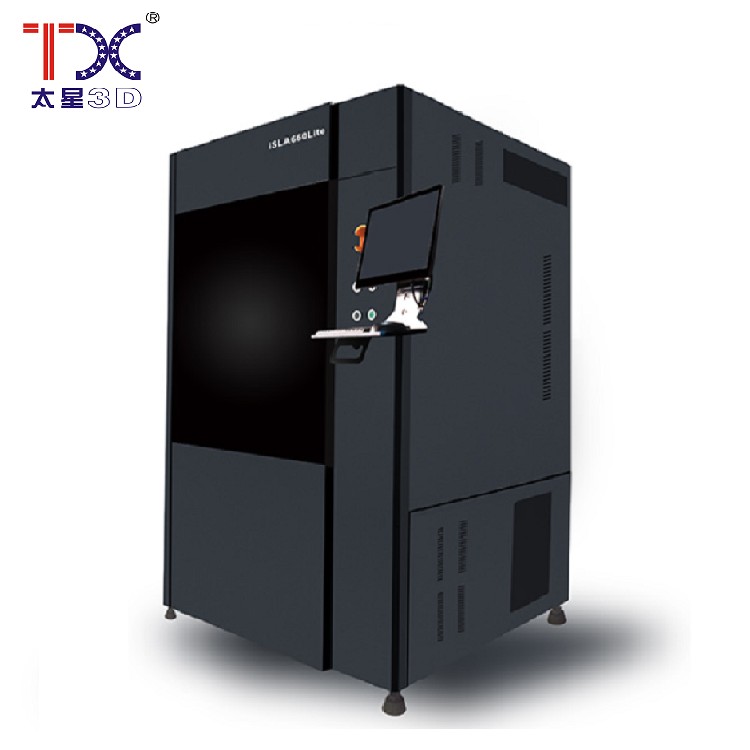 Taisin Light-adopted 3D printer SLA660Lite
Taisin Light-adopted 3D printer SLA660Lite -
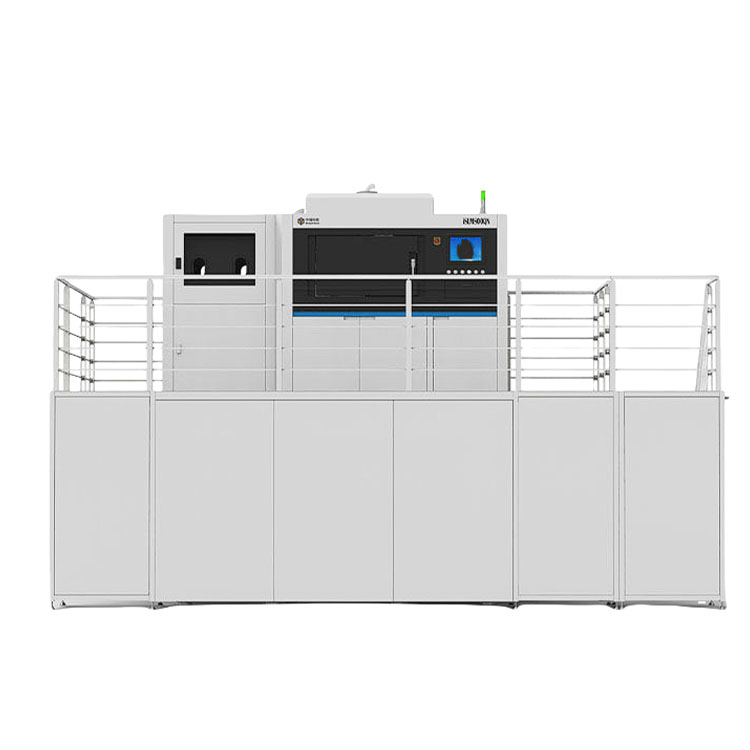 Taisin Metal 3D printer ISLM600QN
Taisin Metal 3D printer ISLM600QN -
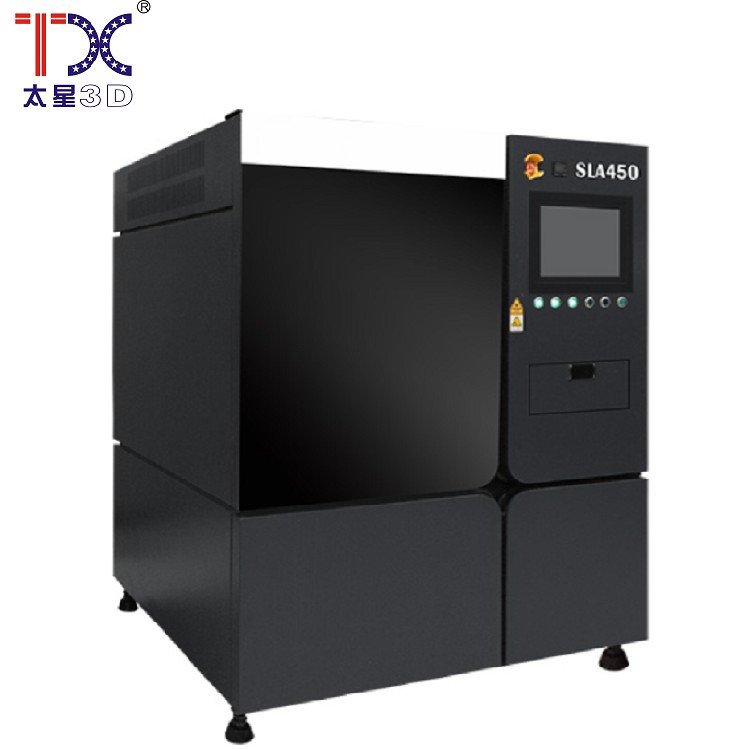 Taisin Light-adoptive 3D printer SLA450
Taisin Light-adoptive 3D printer SLA450 -
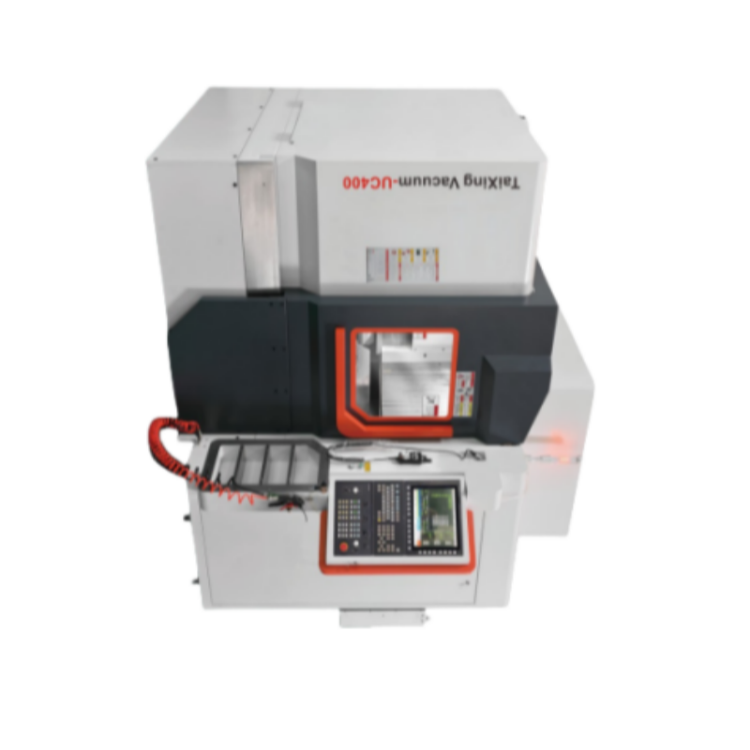 Taisin high-speed five-axis processing center TX-UC400
Taisin high-speed five-axis processing center TX-UC400 -
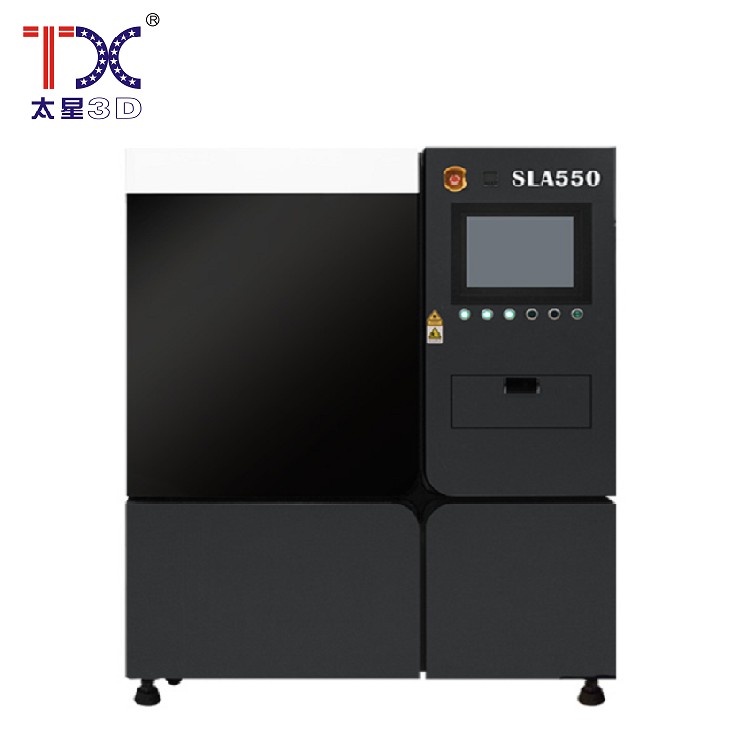 Taisin Light-adoptive 3D printer SLA550
Taisin Light-adoptive 3D printer SLA550 -
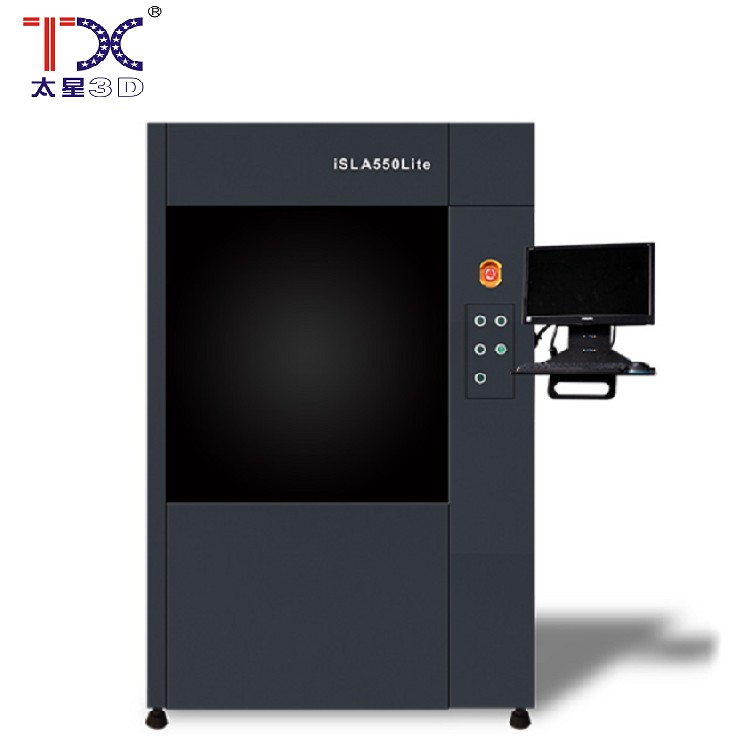 Taisin Light-adoptive 3D printer SLA550Lite
Taisin Light-adoptive 3D printer SLA550Lite -
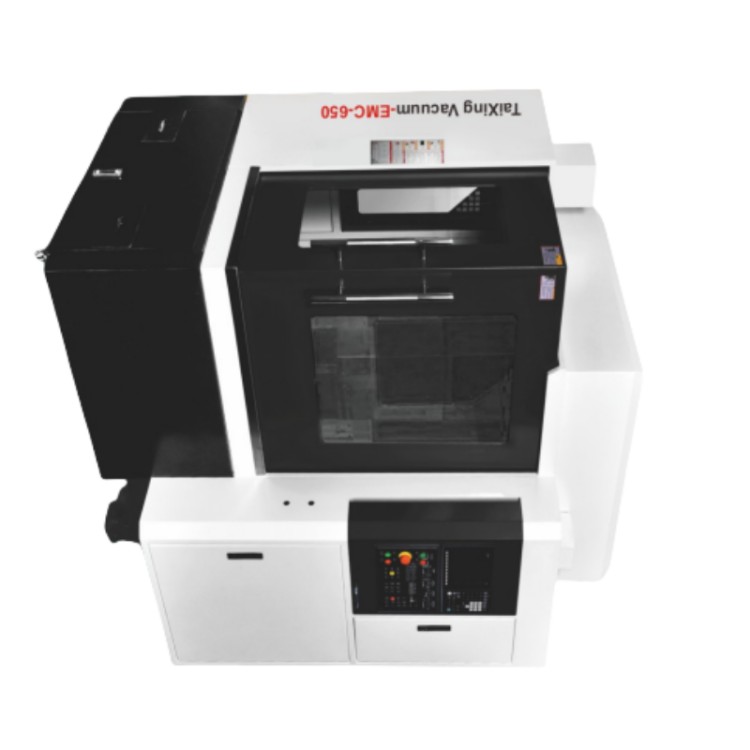 Taisin Gravity-milling machine EMC-650
Taisin Gravity-milling machine EMC-650 -
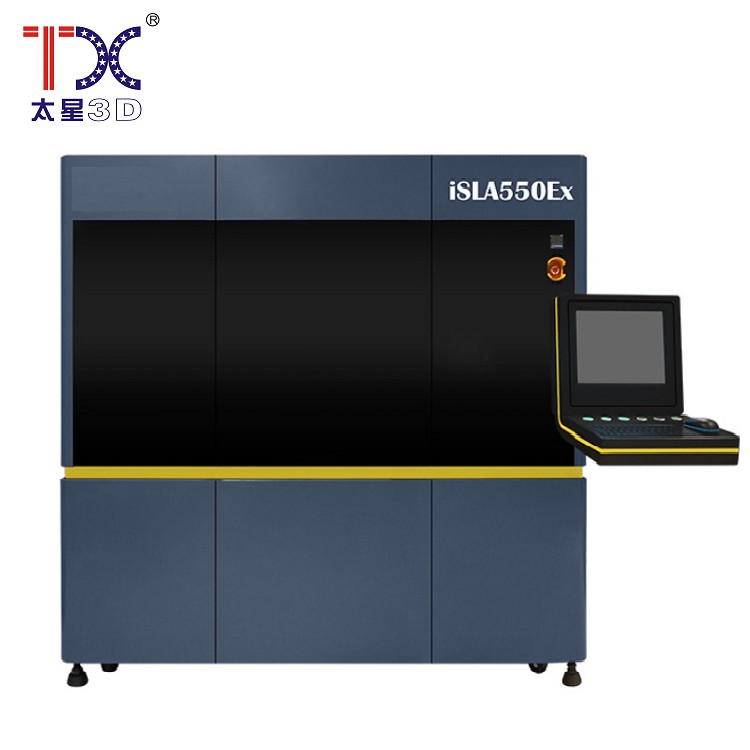 Taisin Light-adoptive 3D printer SLA550EX
Taisin Light-adoptive 3D printer SLA550EX
Connectedsearch
Related search- Factories that OEM vertical processing centers with CNC
- Cheap Merge 360 factories
- China 3 axes of CNC machines factories
- cheap bio-3D Print manufacturer
- China with CNC VAL CNC Determined the manufacturer
- Cheap manufacturers of STL files
- Chinese suppliers of shaft identification in CNC machines
- Chinese manufacturers of 5-axial processing centers with CNC
- Cheap suppliers of automotive 3D printing
- Chinese factories for the production of 5-axis desktop machines with CNC
